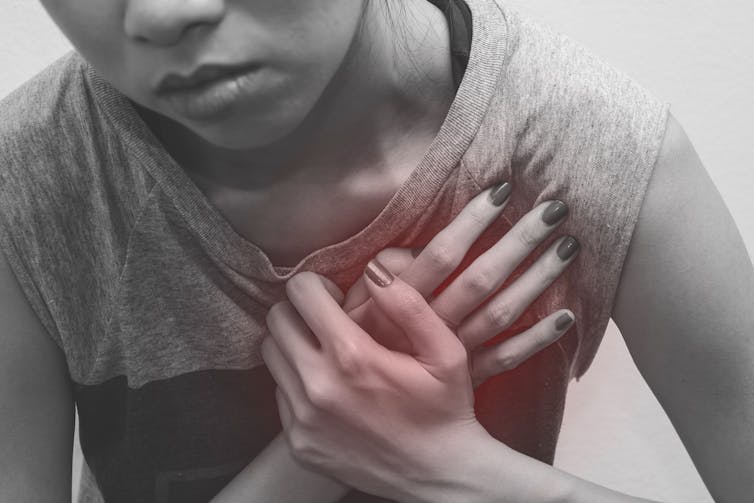One year of hormone replacement therapy may be able to prevent development of depressive symptoms in women who are in the menopause transition, a study published online in JAMA Psychiatry has shown.
The double-blind, randomised controlled trial, conducted by University of North Carolina (UNC) School of Medicine found certain women would be more likely to experience the greatest mood benefit of hormone replacement therapy during the menopause transition, which are women early in the transition and women with a greater number of recent stressful life events.
Women are two to four times more likely to develop clinically significant depressive symptoms during the menopause transition, according to the study.
“We know that midlife for women, particularly in the transition to menopause, is a time of substantial elevations in risk for depression,” said Professor Susan Girdler, who helped lead the research.
“During the menopause transition, our risk for depression actually increases two to four times. And that’s true even for women who haven’t had a history of depression early in life.”
The participants were randomly selected and put into two separate groups. Over the course of a year, one group received transdermal estradiol on a daily basis, the other a placebo.
The study found more than 30 percent of the placebo group developed clinically significant depression. However, only 17 percent of women who received estradiol developed the same depression symptoms.
Other research published by The University of Illinois (UI) in the journal Sleep Medicine suggests addressing menopausal symptoms of hot flushes and depression may also address sleep disruptions.
The UI study also gives women hope that their sleep symptoms may not last past the menopausal transition, said Professor Rebecca Smith, from the Pathobiology Department at the University of Illinois. Professor Smith conducted the study with Professors Jodi Flaws and Megan Mahoney.
“Poor sleep is one of the major issues that menopausal women seek treatment for from their doctors,” Professor Mahoney said.
“It’s a huge health care burden, and it’s a huge burden on the women’s quality of life. Investigating what’s underlying this is very important.”
The study used data from the Midlife Women’s Health Study, which followed 776 women aged 45-54 in the greater Baltimore area for up to seven years.
The study found no correlation between the likelihood of reporting poor sleep before menopause, during menopause and after menopause. Meaning, for many women in the study, their reported sleep problems changed as they transitioned to different stages of menopause. For example, women who had insomnia during menopause were not more likely to have insomnia after menopause.
“That’s a hopeful thing for women who feel like their sleep has gone downhill since they hit the menopause transition: It might not be bad forever,” Professor Smith said.
“Your sleep does change, but the change may not be permanent.”
The researchers found that hot flushes and depression were strongly correlated with poor sleep across all stages of menopause.
Those two risk factors vary in reported frequency across menopausal stages, which might help explain why poor sleep also varies across the stages, the researchers said.
Professor Smith believes that the study has shown sleep disturbances in menopause are part of a bigger picture that doctors should be looking at.
“It indicates that when dealing with sleep problems, physicians should be asking about other symptoms related to menopause, especially looking for signs of depression and asking about hot flushes,” Professor Smith said.
MEREDITH HORNE

 more_vert
more_vert